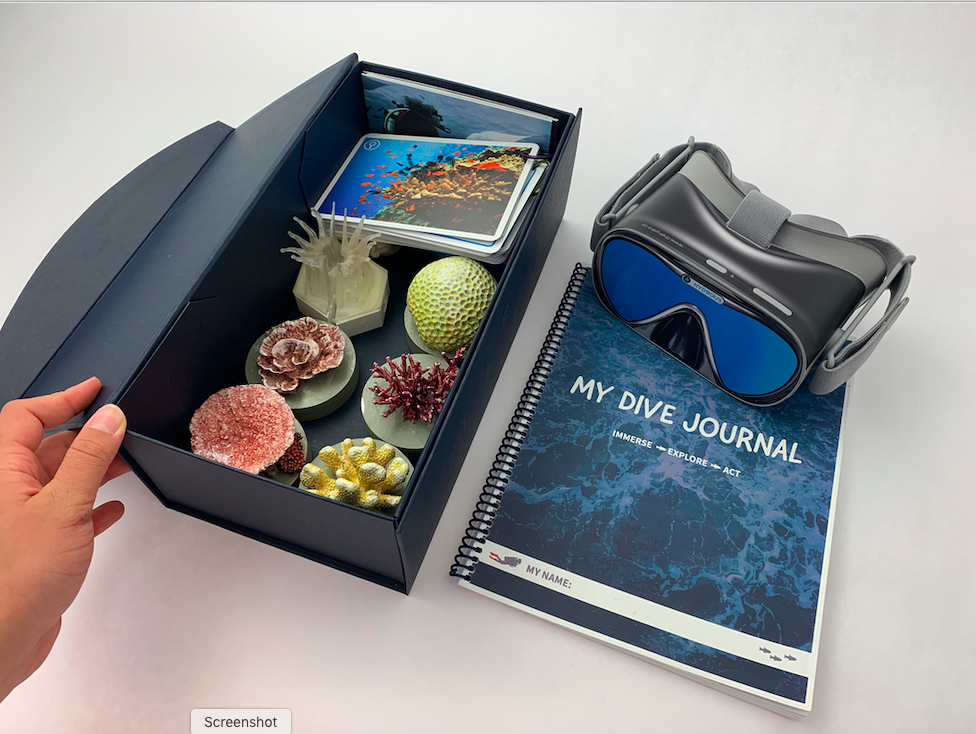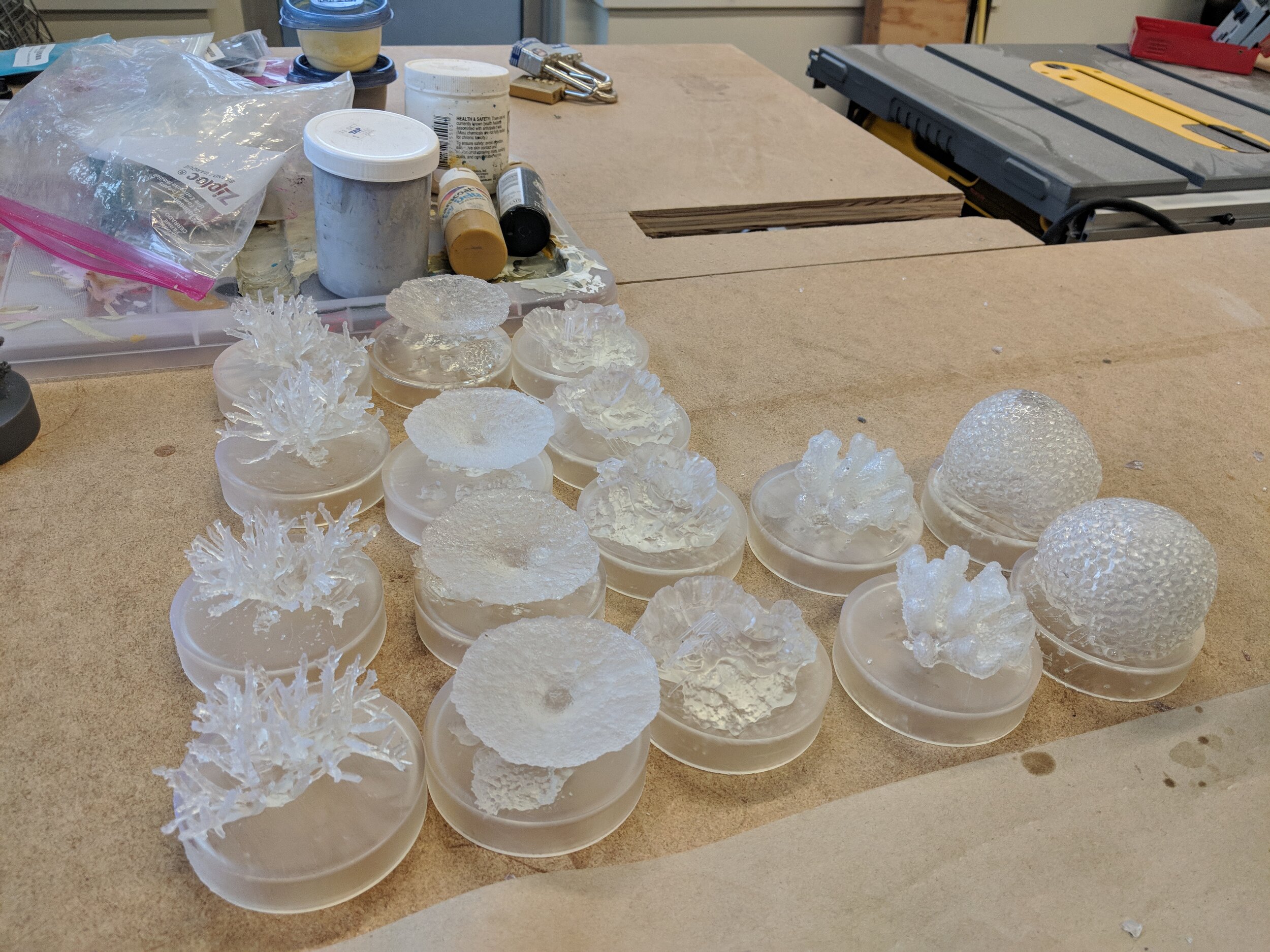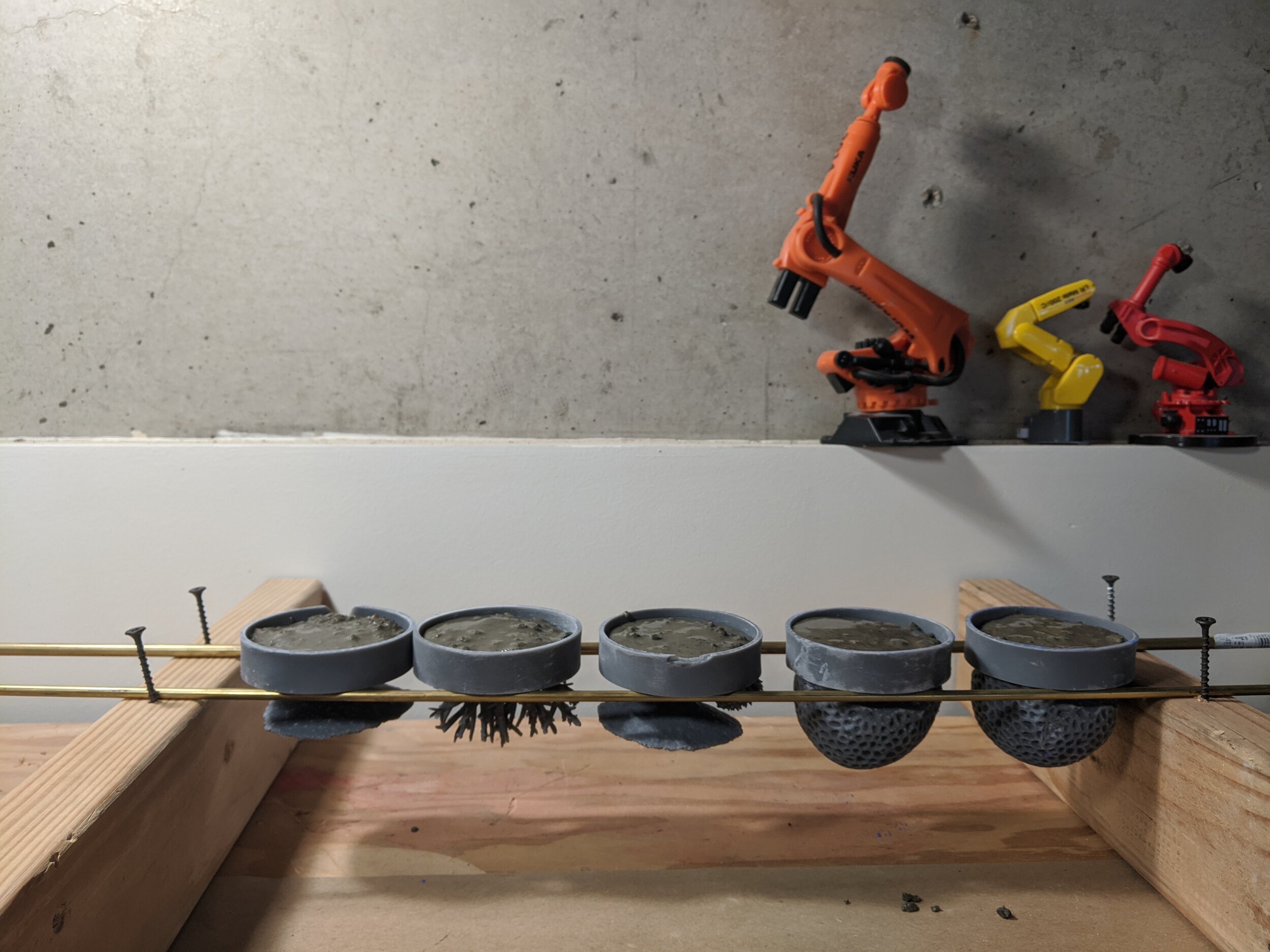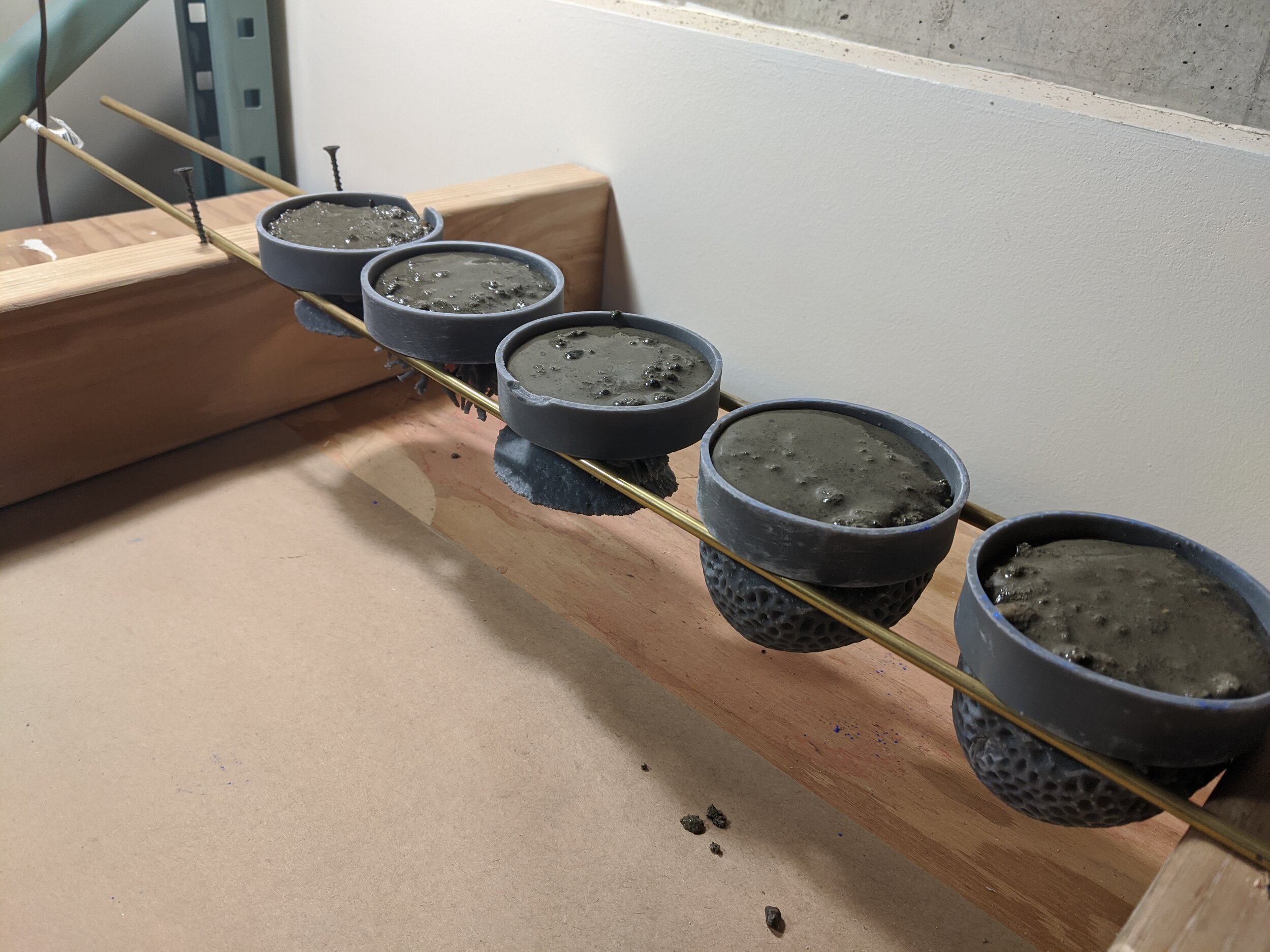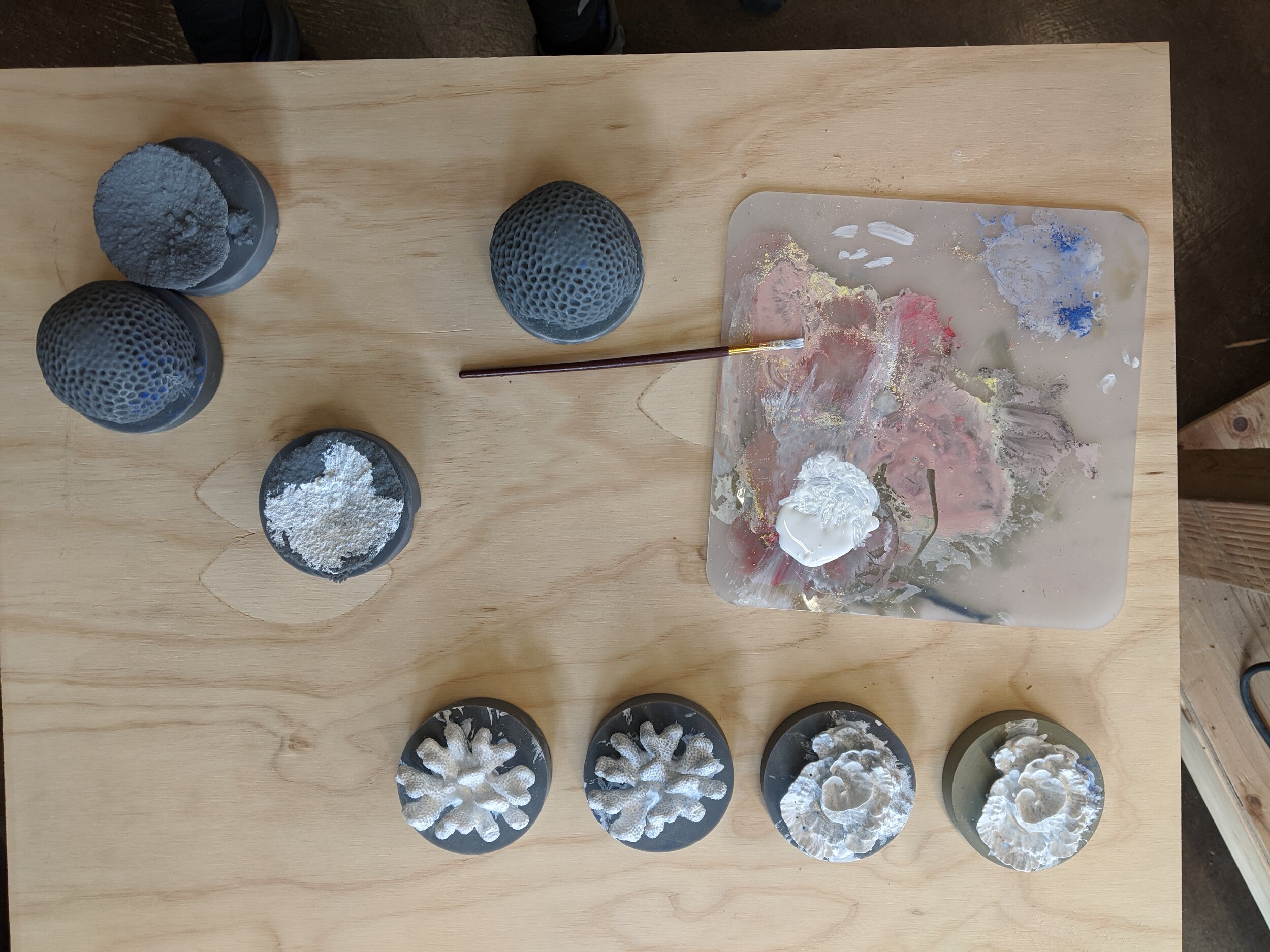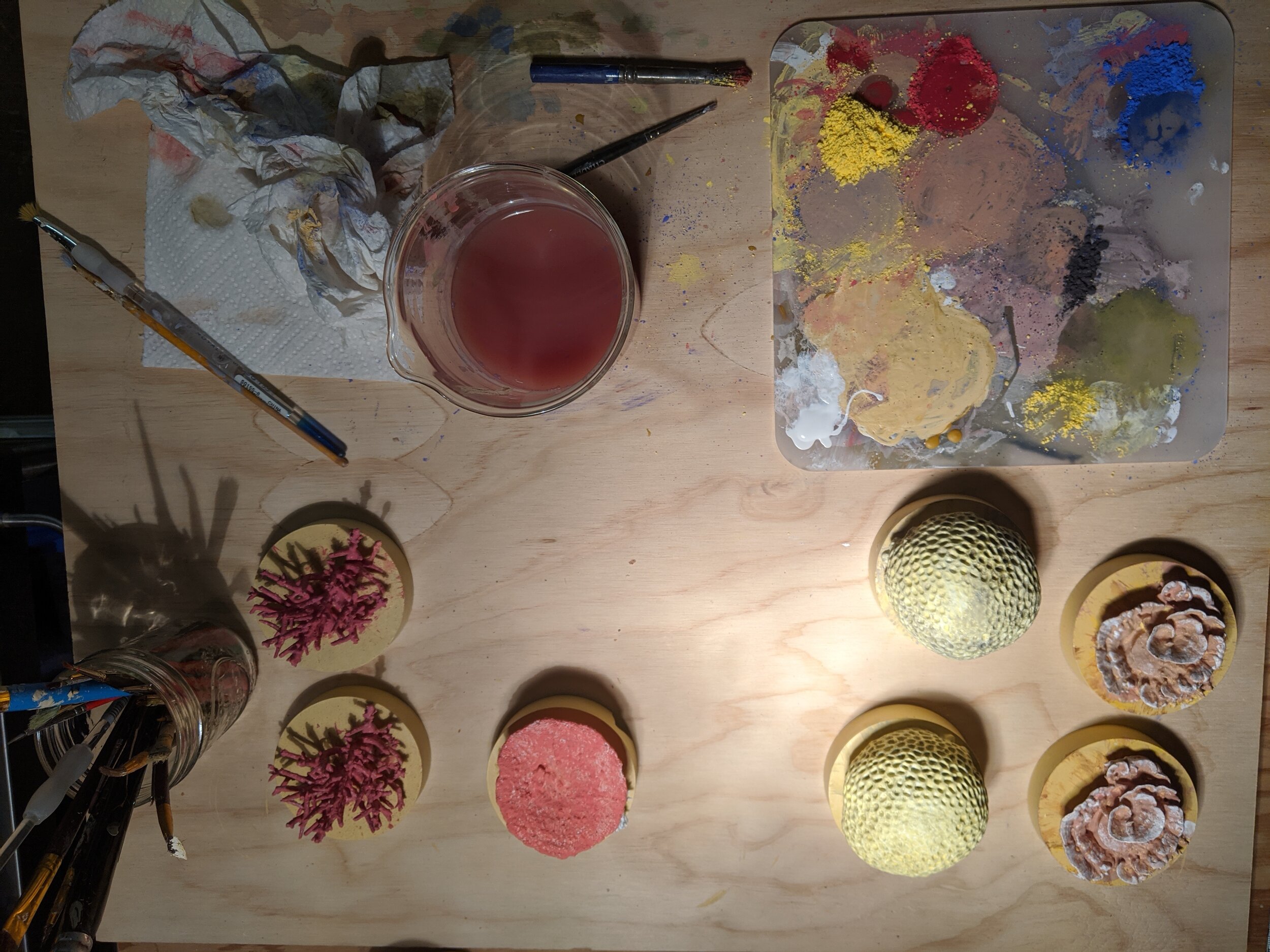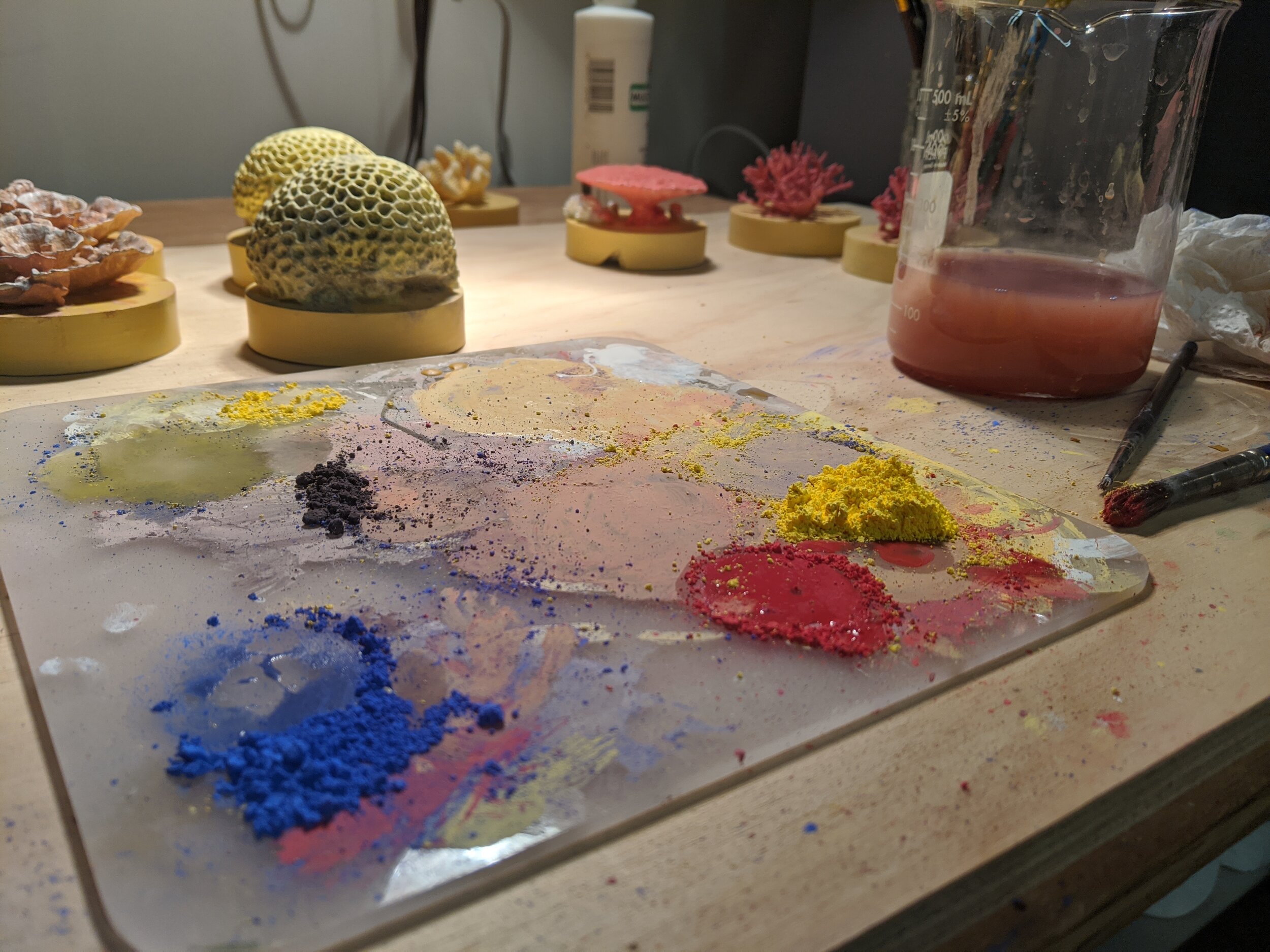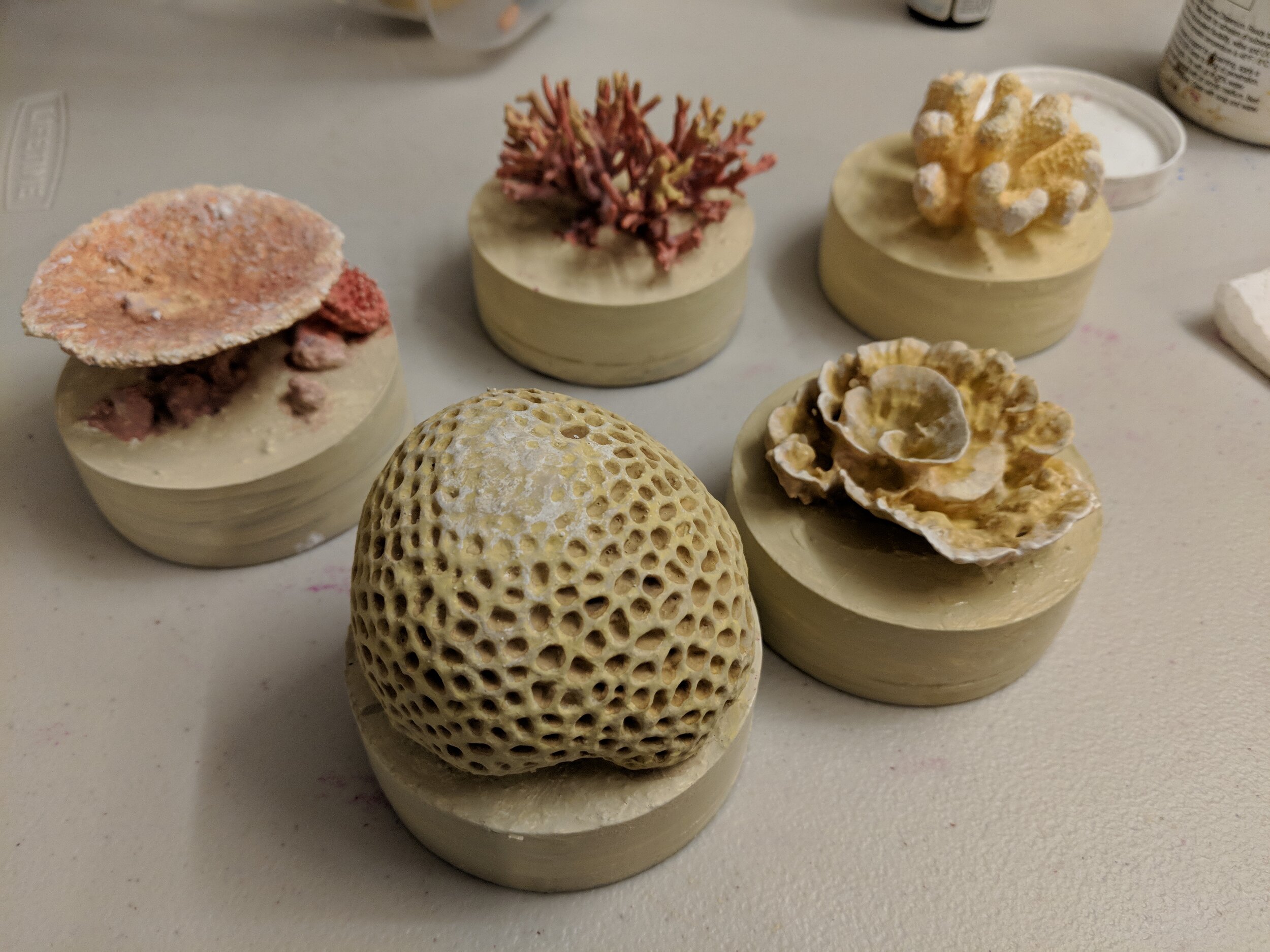
Understanding Ocean Health through Interactive Classroom Kits.
The Hydrous is a 501(c)3 non-profit organization on a mission to create open access oceans. We are an international community of scientists, divers, designers, filmmakers, and technologists who love the ocean.
I’ve been working with the talented team at The Hydrous for a few years now, helping to create tools that connect people to the ocean in new and exciting ways. What started at first with creating an archive of open access 3D models of corals from around the world has grown into an international group of volunteers and experts working together to educate and inspire others about the importance of preserving this vital resource that can often feel out of sight and out of mind.
One of their projects is a classroom kit for K4-6 that includes interactive lessons about ocean health and environmental stewardship. The development of these kits is funded by grants from National Geographic and NSF.
I created this set of small models to facilitate a lab about coral bleaching. The models come from 3D scans of real corals from around the world taken by the team which demonstrate different morphologies (branched, boulder, table, etc.). I designed, printed, added weight (so they will sink when submerged in water for the classroom experiment) and painted them with color-changing pigments (so they will “bleach” when heated.)
A Mini Lesson on Coral Bleaching for you:
Corals get their color from a symbiotic algae that live inside the coral polyps. The algae in exchange for a place to live provide essential nutrients to the coral. Stressors like changing temperature or pH in the water can cause the algae to leave the coral colony. Without the algae the transparent coral tissue reveals the underlying skeleton, creating the white appearance we call “bleached.” A coral without algae is essentially starving but it can recover. If the environment becomes favorable again, the algae will return and the coral will recover. If left too long unresolved, the bleached corals can die. Understanding this concept is key in understanding human impact on coral reefs.
Bleached Corals are not Dead.
